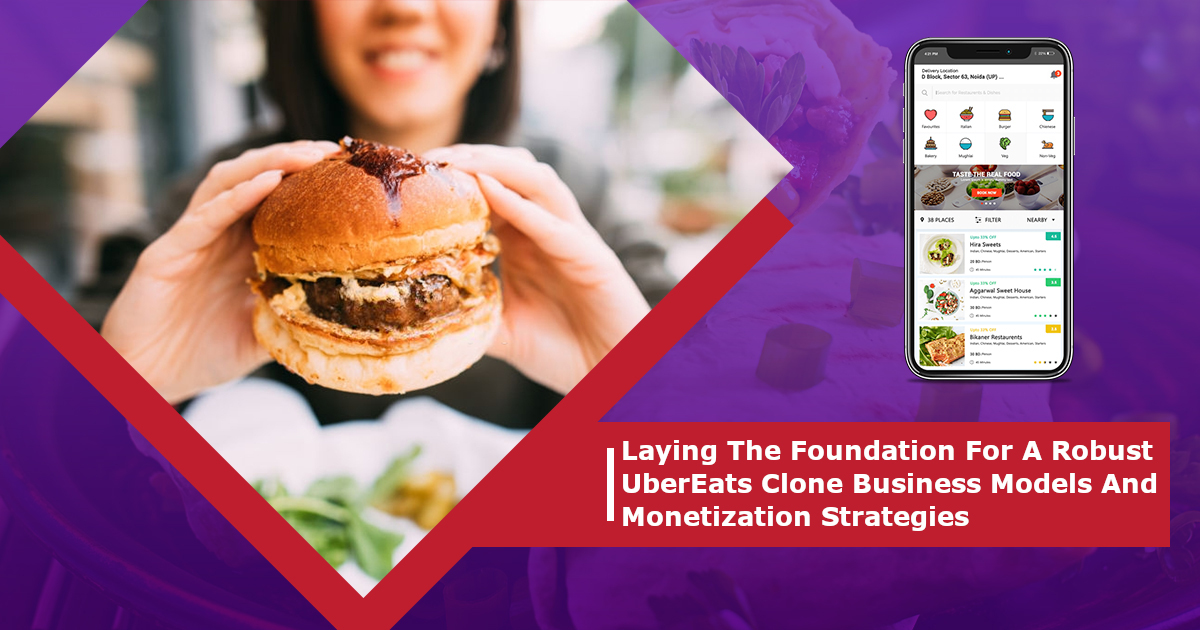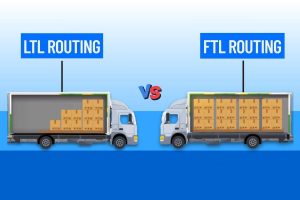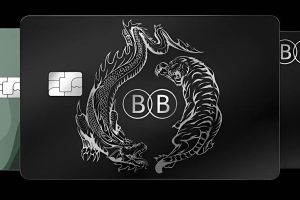A food delivery business will be omnipresent in every entrepreneur’s radar, especially for those who look to establish their presence in the on-demand sector. Uber’s food delivery division, UberEats, the Ola – FoodPanda deal, etc., are all concrete examples of the above statement. With restaurants looking to reach out to their target audience, and customers demanding food at doorsteps, there’s a need for an aggregator to balance this supply-demand conundrum.
The COVID-19 pandemic has accelerated the need for delivery services. With governments eliminating dine-ins and customers hesitating to step out, sales in restaurants have almost dried up. As a measure to meet their demands, restaurants have an all-important dilemma – join hands with delivery platforms or wait until the situation returns to normalcy.
There cannot be a better scenario for an entrepreneur eyeing to make a reputable presence in the on-demand food delivery business. The market is poised to grow exponentially, with more restaurants and customers relying on it. The foundation for any successful on-demand business begins with building a robust app. In this blog, we’ll take an in-depth view of the business models and monetization strategies to consider in your UberEats clone.
UberEats – the food delivery platform
Considered as one of the pioneers of the sector, let’s look at how UberEats operates and conducts business. UberEats works on the marketplace business model. It acts as a centralized hub, connecting customers, restaurants, and delivery executives seamlessly. The platform is entirely responsible for deliveries. With this added responsibility, it gets to generate an enhanced income.
UberEats occupies a predominant position in the food delivery services market worldwide. The platform recently acquired Postmates, a famous delivery startup, following the surge in sales in the lockdown period. This food delivery giant is one of the top rivals in the sector, spreading its services across the world.
Choosing the right business model
Business model, in simpler terms, is how an app performs operations. One of the initial steps in building a food delivery app is deciding the right business model. Let’s discuss some of the business models worth-considering here,
- Restaurant-specific model: In this model, you launch a food delivery app specifically for a single restaurant. Entrepreneurs already running a restaurant business can take it online and reach out to their target audience with a smartphone application. Apps like McDonald’s, Domino’s Pizza, etc., are based on this business model.
- Aggregator model: Entrepreneurs capable of culminating in multiple restaurants can choose this model. The platform simply bridges the gap between restaurants and customers. However, in this case, restaurants that are responsible for processing and delivering customers’ orders.
- Marketplace model: This model is similar to that of the aggregator’s but with an exception. The food delivery platform has an in-house delivery chain to take care of deliveries. This way, by taking care of deliveries, entrepreneurs enjoy an additional source of income.
Aspects to consider while choosing the business model
Choosing the right model sets the tone in developing a highly reliable food delivery app. Most entrepreneurs fall prey to this initial step, taking home the undesirable outcome – failure. Let’s discuss some aspects worth-considering in deciding your business model. They include,
- Analyze your resources: Stepping into app development without having the necessary resources will lead to two situations – running out of funds or dropping the plan halfway. Analyze the needs for each business model, and identify your resources in the pocket. This way, you can opt for your best-suited model.
- Identify customer needs: Conducting market research can be crucial in identifying what your customers expect from your food delivery app. It is pointless to introduce a restaurant-specific app when your local customers are favoring the aggregator model. Customer surveys and feedback play a huge role in deciding your model.
- Maintaining the supply chain: If you opt for an aggregator or marketplace model, you need to provide due diligence to your supply chain. Are restaurants in your locality ready to join hands with your platform? Can you manage the delivery chain? Is your algorithm efficient enough to dispatch delivery drivers to various locations? Brainstorming these questions and devising a strategy can be an ideal way to choose your business model.
Decide on your revenue streams beforehand
Return Of Investment (ROI) is the term that enables entrepreneurs to invest in a particular sector. With a robust UberEats clone, you can gain revenue from various sources. Some of the most common ways of generating income include
- Restaurant commissions: By linking restaurants with customers, restaurants give up a fixed percentage of every customer payment as paid commissions. This way, as long as customers order from the app, the platform owner enjoys a steady income source.
- Delivery charges: Delivery charges come as an added advantage for the marketplace model. As the platform takes care of delivery, customers pay a fixed fee based on the distance between their locations and restaurants as delivery charges.
- Subscription fees: Subscription is an excellent customer retention stunt, capable of generating substantial revenue as well. You can roll out monthly/yearly subscription plans to customers. Users pay certain charges to get a subscription and enjoy enticing benefits.
- In-app advertisements: Although ads are annoying, even popular apps include them on their display pages. The reason behind this strategy is that third-party brands pay advertisement charges to the platform owner based on views, clicks, impressions, etc.
- Feature listings: Customers tend to choose the top restaurants that appear on their search results. As a matter of fact, you can be the controlling authority of these results. Restaurants pay the platform owner fixed charges to climb the ladders in terms of users’ search listings.
Understanding the food delivery app economics
As simple as it may sound, food delivery platforms can fill their pockets with almost every order made by the customer. Let’s discuss the economics involved here,
- A user orders food from the desired restaurant. Let’s say the order’s total value is $30. Users give up an additional $5 as delivery charges.
- Now, the platform has set a commission scale of 30% with the restaurant, i.e., it receives $9 as the commission fee.
- The delivery driver charges cover multiple aspects like pick-up fee, fee per mile, etc. Let’s say the delivery driver earns $8.
- Therefore, the net revenue is equal to (commission fee + delivery charges) – (delivery driver charges) = ($9 + $5) – ($8). Hence, the net income for the platform owner from the order is $6.
Conclusion
Having a better clarity of what you’re going to develop can eliminate numerous hurdles during app development. Choosing the right business model and integrating various revenue streams are crucial milestones that need the utmost care and attention. Help restaurants tackle the pandemic situation with a trendsetting UberEats clone that is beneficial and profitable in every aspect.












